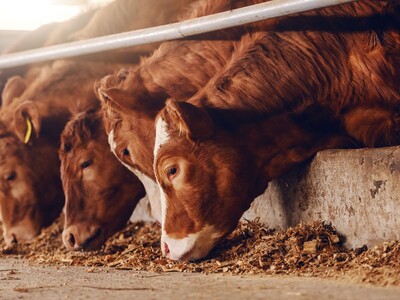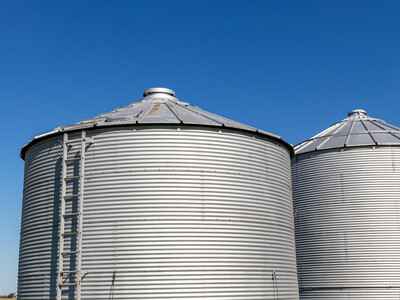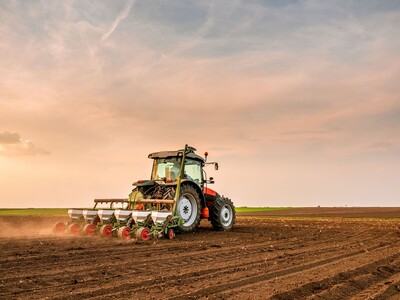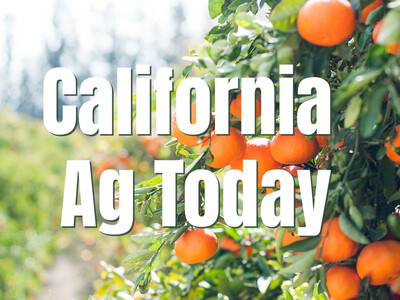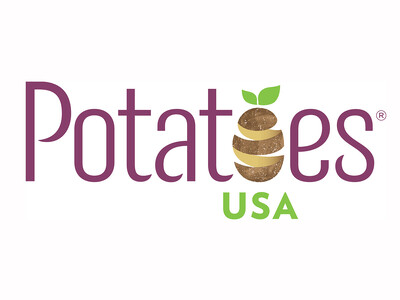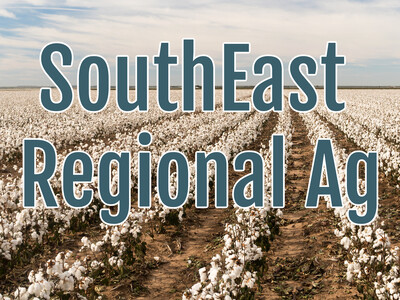Availability and Affordability of our Food
As the COVID-19 virus continues to spread in the U.S., its impacts have reached every aspect of our lives and shook all sectors of the economy. Amid this crisis, there have been widespread worries that the disease could threaten the nation’s food production and supply systems and stoke inflation. Many began to wonder whether the food they need will continue to be available and affordable as we work our way out of the outbreak.While we can’t track COVID-impacts on the agri-food sector in real time, I wanted to share some of the data currently available at USDA, which show that the U.S agricultural market will remain well supplied and food will continue to be affordable.
What we know is reassuring
The U.S. food sector is supplied by three sources; domestic production, imports, and what we have in storage. We also rely on a network of manufacturers and distributors to process agricultural outputs, prepare them for human consumption and move products from farms, to production facilities, and finally to consumers.
Currently, the outlook for domestic production of agricultural commodities, including cereals, meat and dairy is very good. We have sufficient quantities to not only feed our country but maintain robust exports even in the face of the COVID-19 pandemic. USDA’s World Agricultural Supply and Demand (WASDE) report for example, forecasts U.S. wheat production in 2019/2020 at 1,920 million bushels, up a little more than two percent from last year. The report also shows that current wheat supplies, particularly for bread wheats, are plentiful. U.S. wheat stocks are estimated at 970 million bushels, which is more than what we consume domestically for food in one year.
Data also show that we have adequate domestic supply of meat, eggs and dairy products to meet immediate demand. According to WASDE, red meat production for 2020 is forecast at about 56.7 billion pounds, up three percent from 2019, while production of poultry meat is forecast at 51.6 billion pounds, up almost three percent from 2019. Production of eggs and milk is also forecast higher in 2020 compared with last year. In addition, USDA’s most recent report on commodities in cold storage shows that at the end of February, total red meat in freezers was up 5 percent and chicken was up six percent from last year.
Another reassuring indicator is that the domestic supply chain has held up so far. Industries that are part of the food supply chain, such as meat packing operations and wheat and rice mills have been deemed as essential industry infrastructure and exempt from any shelter-in-place orders. And according to the Food Safety and Inspection Service (FSIS), the USDA agency responsible for regulating meat processors, closures of facilities regulated by the agency due to the disease outbreak have been limited, and temporary. Similarly, wheat and rice mills, which generally are not labor-intensive operations, have not had any significant disruptions.
Meanwhile, USDA continues to provide critical inspections and grading services including USDA quality grade marks—usually seen on beef, lamb, chicken, turkey, butter, and eggs— and audits for Good Agricultural Practices (GAP) and Good Handling Practices (GHP). In addition, to facilitate movement of fresh specialty crops to markets, the Department is focusing its Good Agricultural Practices audits on entities that are new to USDA audit verification program.
On the import side, the situation is less certain as we don’t have detailed data on conditions of our trading partners. Americans normally rely on food imports for about 15% of total food consumption. But for some products such as fruits and tree nuts (generally during winter months) and certain meat cuts, imports account for much higher shares. For those products, significant supply disruptions in source countries could potentially lead to shortages and higher prices in the U.S. market. However, industry and news reports on trade flows suggest that even countries heavily affected by COVID-19 spread, continue to ship food products and that there are no immediate risks of massive disruptions in the global supply chain.





